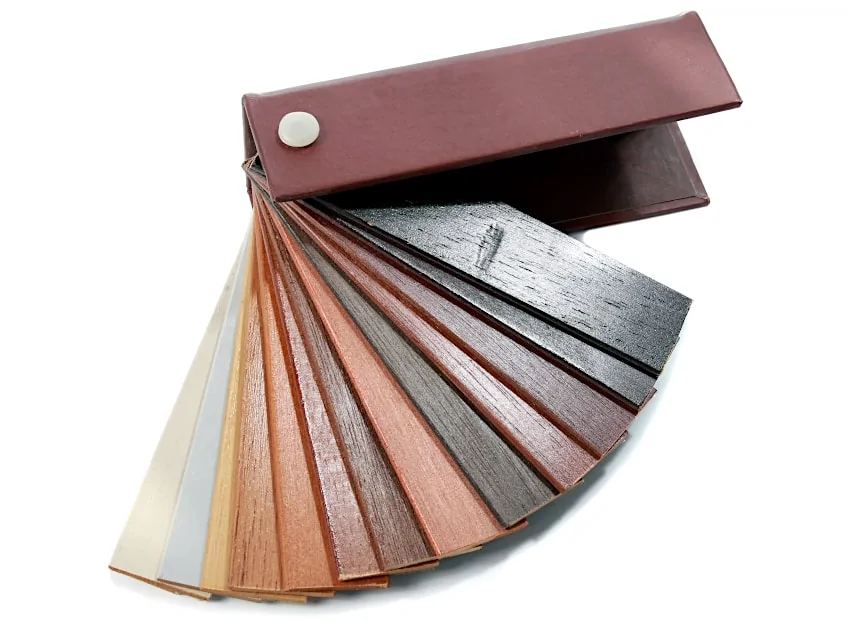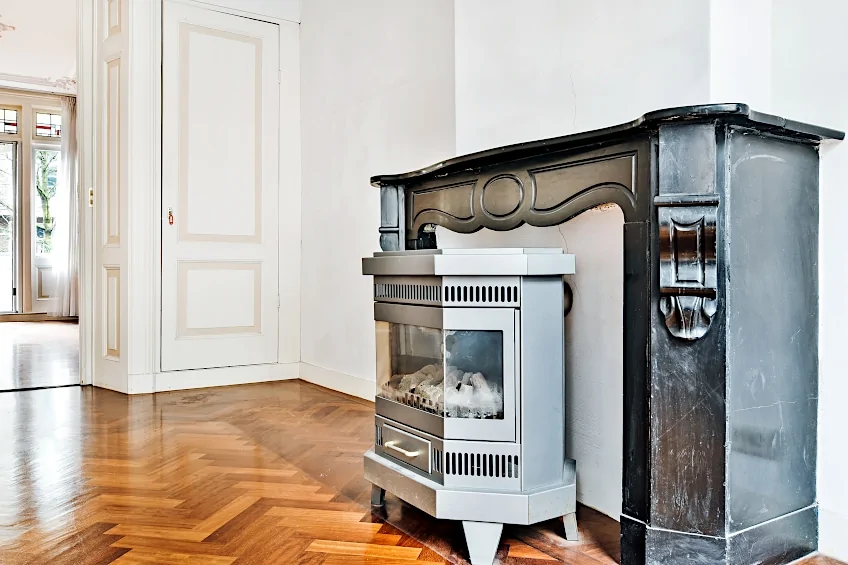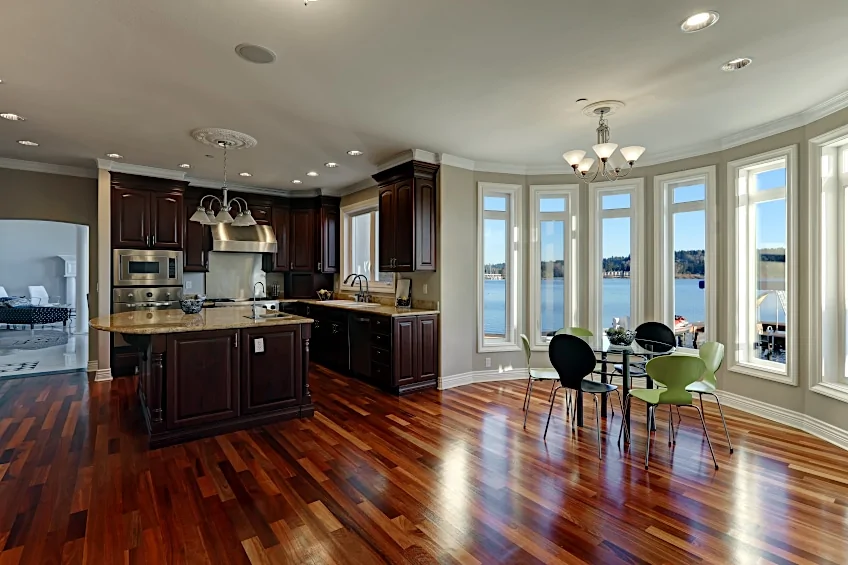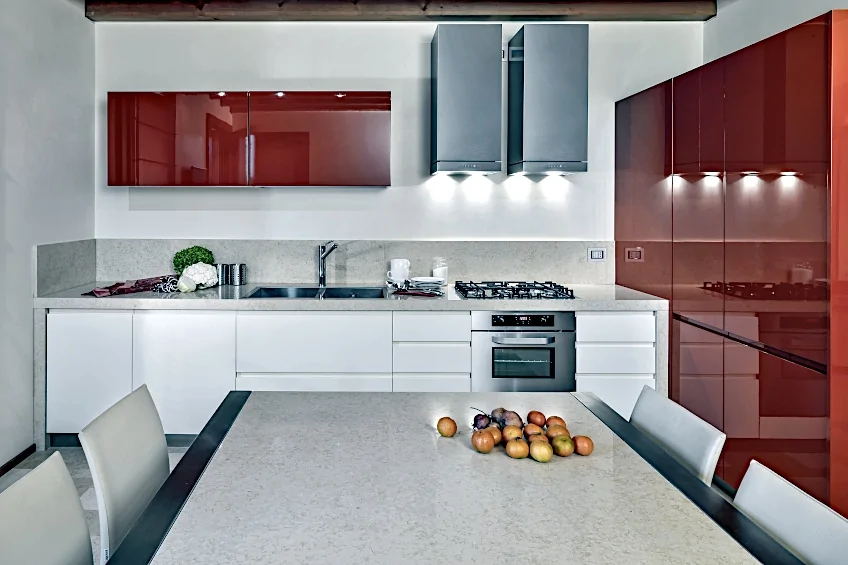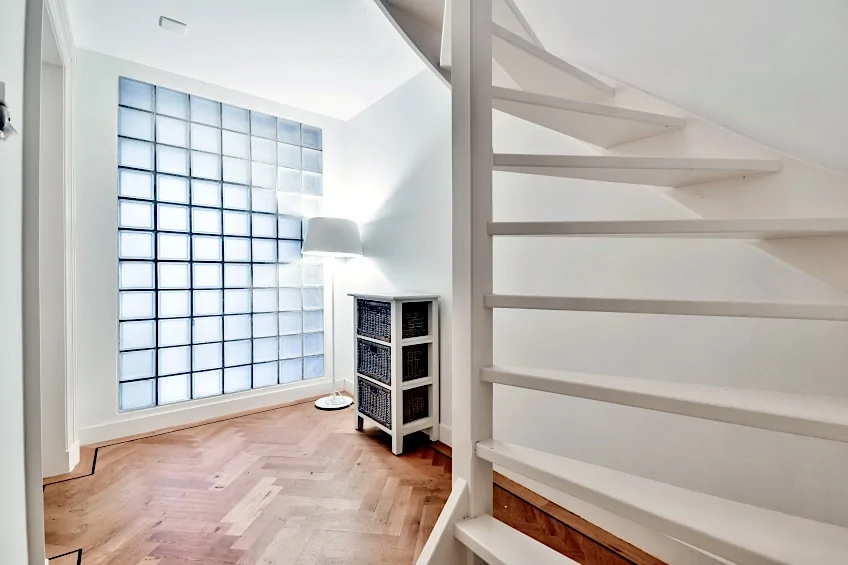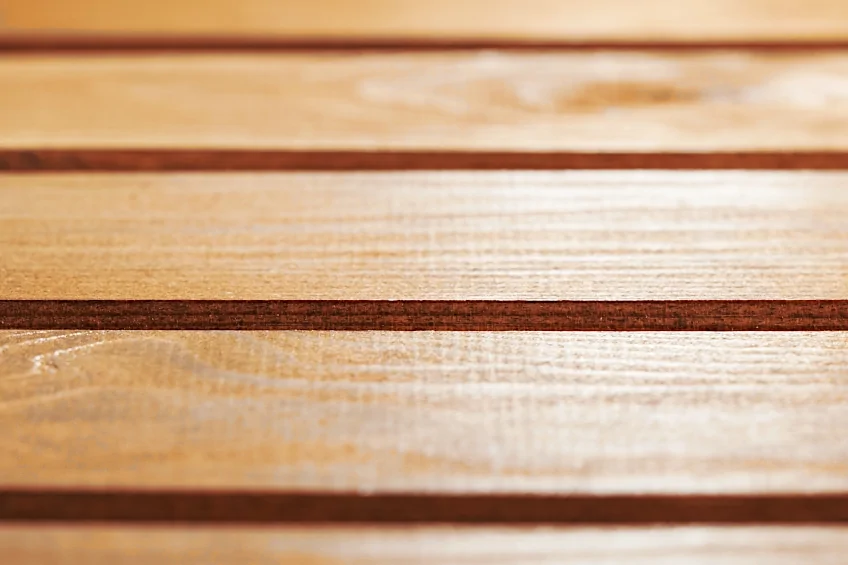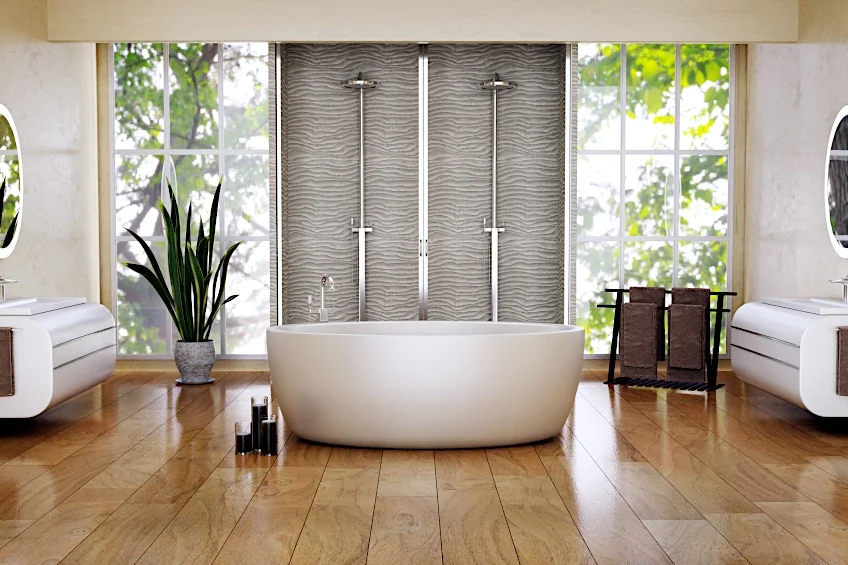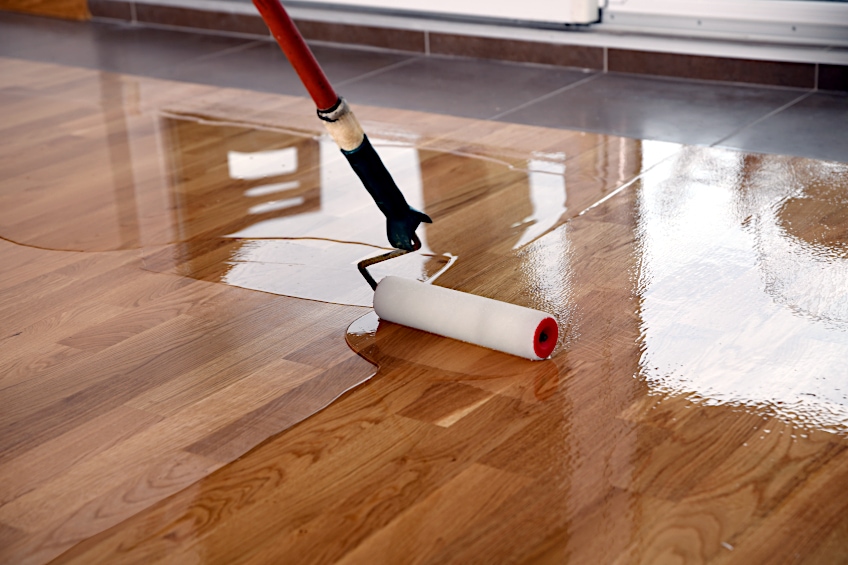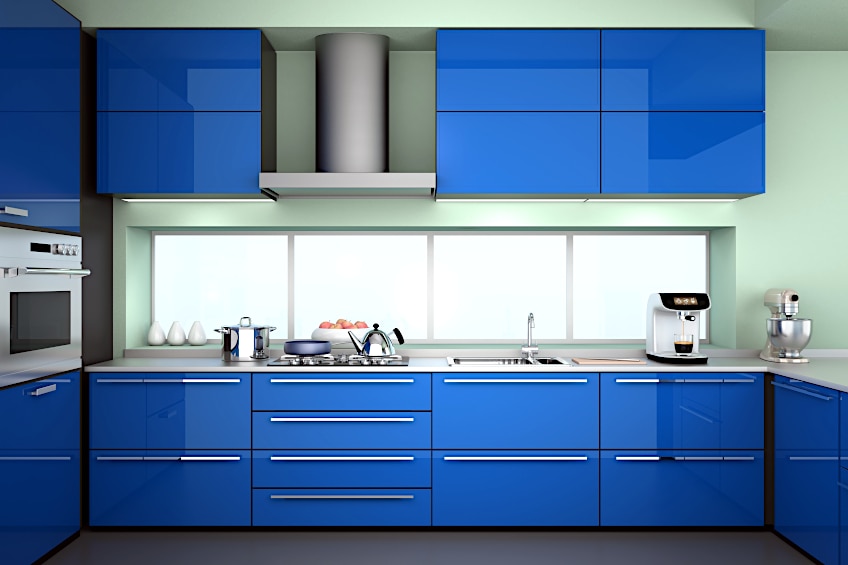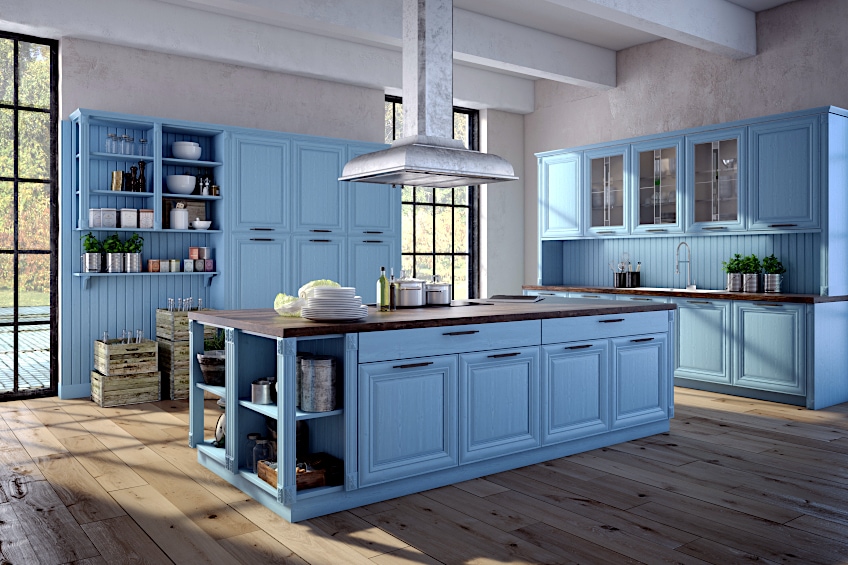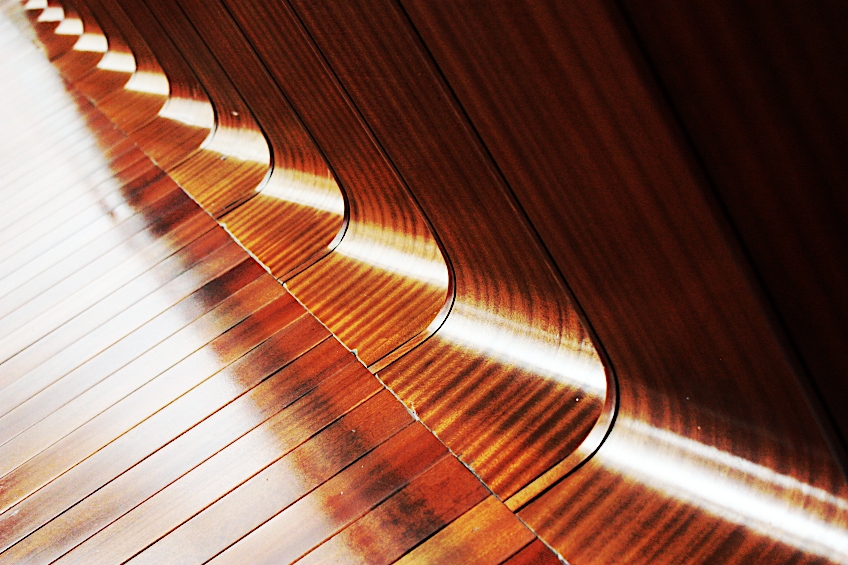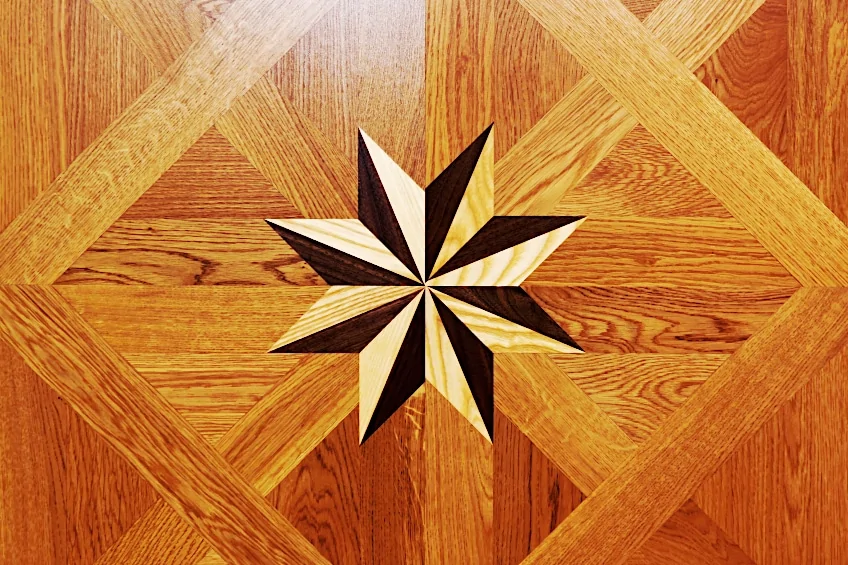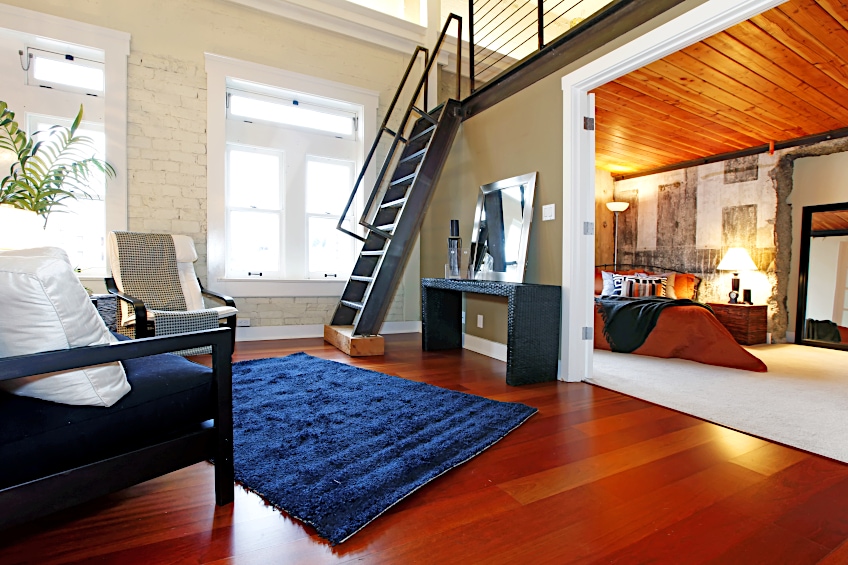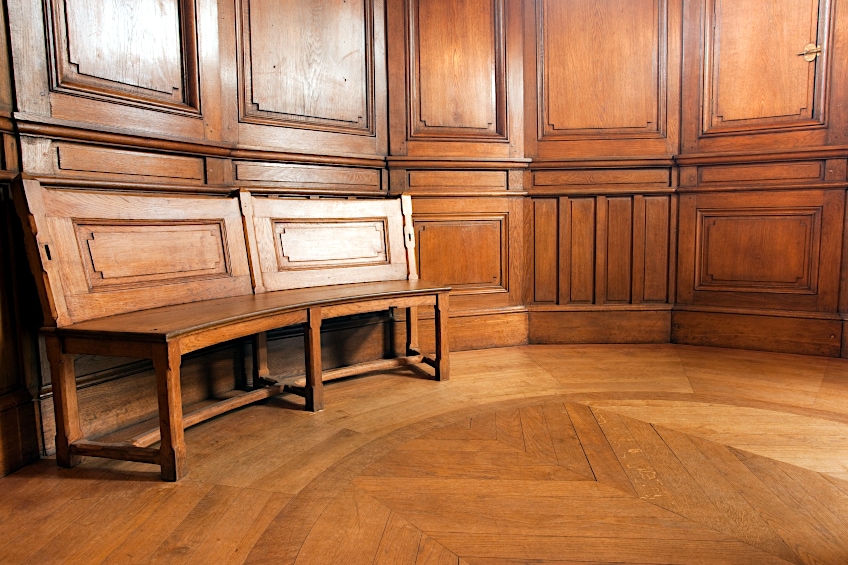Satin vs. Gloss Finish – How to Choose the Ideal Finish
This post may contain affiliate links. We may earn a small commission from purchases made through them, at no additional cost to you. You help to support resin-expert.com
We live in a world where everyone seems to be spoilt for choice. Every facet of our existence is plagued with endless options of color, size, texture, where a product is from, how we’d like our hair done, what lift-sharing company we use, which area we’d like to stay in, and even which filters to use on Instagram. There are endless choices to make, and these are just the ones we make a conscious effort to think about. In the crafting industry, these choices can be even more paralyzing with all the different types of paints, stains, protective coatings, and various other types of finishes on the market, and many more popping up every single day. One of the most difficult choices to make when finishing your workpiece is choosing between satin and gloss. Do you want your workpiece to be unique and understated? Or do you want a sleek, sophisticated finish that stands out? Let’s have a look at these two finishes, what sets them apart, which applications suit them best, and the best way to use them.
Table of Contents
What Is the Difference Between Satin and Gloss Finishes?
In the battle between satin vs. glass finish, there are many pros and cons to each. Therefore, it’s important for you to understand what each finish is all about. Although which one you end up using typically comes down to personal taste, there are some distinct qualities that make them conducive to certain applications, so let’s have a look at each finish individually and what makes them such popular choices in the crafting industry.
Gloss Finish
The satin vs. gloss finish argument has always been an interesting one because while the choice might be a subjective one there are some pretty stark advantages to gloss paint that make it pretty alluring.
Gloss is essentially any coating or treatment that results in a shiny look once it has been applied and has completely cured. Gloss finishes aren’t limited to things like polyurethane sealant either, gloss finishes can be found in coatings like paint, a clear coat, aerosol spray paints, stains, and other wood treatments like varnishes and natural oils.
There are other substances that aren’t naturally glossy but can be made glossy by buffing them out or applying additional parts to them to make them glossy. Although reflective, these typically don’t provide the same quality of gloss finish that products designed for this purpose do, therefore it’s always best to go with a finish that has been specifically designed to achieve a gloss finish.
When debating satin vs. gloss finish, one of the most coveted advantages of the gloss variety is durability; it certainly stands the test of time and really gives you the most bang for your buck at the end of the day. As with any finish that provides a near sheer surface texture, it is really easy to clean which means you won’t spend your time getting dirt or grime out of little crevices.
Gloss finishes also work really well in small spaces. If you’ve ever spent some time in a hotel, you might have noticed that most wooden surfaces have a gloss finish, and while it does make things easier for hotel staff during the clean-up phase, it’s also used because it’s an affordable and effective way to make the space look a lot bigger. How? Gloss finish reflects natural light, which might not physically increase the capacity of the space, but it makes it feel bigger, and at the end of the day, isn’t that what really matters?
Everyone knows that gloss is a popular finish choice, and since we’ve discussed the positives, it would be a bit biased of us not to discuss some of the shortcomings of this type of finish. Gloss finishes require a lot more preparation compared to other finishes. This is because gloss finishes tend to highlight the imperfections of a given surface.
How? Well, since gloss cures and sets into a clear surface and is typically flush with the surface of the workpiece, it tends to contrast heavily with any dents, scratches, or bits of missing material on the workpiece. This being said, you’ll spend a lot more time filling, sanding, and measuring your workpiece before applying a gloss finish.
People also tend to get a bit carried away with gloss finishes due to their aesthetic appeal. Adding gloss finishes in excess within a larger space can feel like you’re standing in a hall full of mirrors, and just like a hall of mirrors, sunlight hitting these spaces can be blinding at best.
Gloss finishes also tend to “flip” the colors in a given space depending on the type of light they interact with, which might limit the type of bulbs you use or where you’re able to place your workpiece.
- Provides a sheen finish
- Easy to use
- Easy to maintain
- Reflects light
- Makes a space look bigger
- Easy to clean
- Aesthetically pleasing
- Versatile
- Highlights imperfections
- Reflects all types of light
- Can be overwhelming when used in excess
- Finish can shift depending on the light present
- Not suitable for all wood types
Satin Finishes
Satin finishes are what can be considered the original finish type throughout the history of woodwork and crafting. They have been used for many years because they were the only type of finishes that were readily available, and affordable at the time.
Satin finishes are what most natural woodwork treatments provide, things like Tung oil or linseed oil – and even Danish oil provide this refined, yet understated finish type that is easy to apply and a joy to maintain. What makes them so easy to work with?
Well, most satin finishes are what are known as “rub-on” finishes which only require a cloth and a bit of elbow grease to apply effectively. What distinguishes satin finishes from gloss and other hyperreflective finishes is that although it reflects light, the amount of light it reflects back is minimal, which leaves you with a warm, dull glow that creates a cozy feel in your living space.
A satin finish doesn’t refer to a certain product either, a satin finish is a reference to the overall aesthetic a finish provides, whether it be painting, a clear coat, an aerosol spray, stains, varnishes, and any other type of finish you might come across that provides a pseudo-muted finish type.
Satin finishes are chosen for their ability to stand up to most wear and tear over the years, and even though smoothness is typically associated with gloss finishes, satin finishes are smooth to the touch and work with the contours of a surface.
This makes them easy to clean and maintain, although whether it’s easier to clean than a gloss finish is up for debate. The difference between gloss and satin finishes that most crafters bring up is a gloss finish’s ability to hide imperfections in the workpiece, and because of this, it requires less preparation of your surface before it can be applied.
What many consider to be a negative difference between gloss and satin finishes is the fact that satin finishes can be slightly more challenging to maintain. Why? Well, although satin is relatively resistant to damage caused by impact or abrasion, in the off chance that it becomes damaged by water stains or chipping, it can take considerable effort to touch up these individual areas.
Another drawback you should consider when choosing a satin finish is that they can be tricky to apply if you’re a newcomer to staining. As we mentioned previously, satin finishes are typically rub-on finishes, this means that if you aren’t careful, you could oversaturate certain parts of the workpiece that are naturally denser, or you could simply over-apply the finish in a given area, which can be frustrating, to say the least.
- Smooths surfaces
- Preserves texture of the wood grain
- Hides imperfections in wood surfaces
- Compatible with most cleaning products
- Enhances the color of the finish
- Color will not be obscured by glare
- Challenging to repair
- Does not completely hide imperfections
- Not very resistant to moisture stains
- No overall impact on workpieces environment
- No reflective finish provided
Satin vs. Gloss Finish Comparison
Was all of that a bit much to take in? Need a side-by-side comparison of these finishes? We thought you might, that’s why we have prepared a neat little table so you can compare these two incredible finish types. Remember that there is no objectively better choice, it almost always comes to the environment and application of your workpiece.
| Characteristic | Satin Finish | Gloss Finish |
| Sheen Finish | ✔ | ✔ |
| Easy to Maintain | ✘ | ✔ |
| Hides Imperfections | ✔ | ✔ |
| Food Safe | (Dependent on formula) | (Dependent on formula) |
| Graded for Outdoor Use | ✘ | ✔ |
| Easy to Apply | ✔ | ✔ |
What Types of Products Are Available for a Gloss or Satin Finish?
Choosing between a gloss or satin finish can be challenging but choosing a product can be even more challenging if you don’t know what you’re looking for. What products are available to achieve these types of finishes? Let’s have a look at the different mediums and products you can use to achieve your gloss or satin finish.
Paint Finish
In everyday life, one of the most common finishes used in both crafting and commercial industries is simply painting. Paints come in a wide variety of bases, including oil, acrylic, latex, and even chalk! Besides their base, paint is also available in various finishes like matt, and of course satin and gloss finishes.
Gloss paint, as you’ve probably pieced together by now, is shiny and reflective once it has dried and cured completely, whereas a satin finish has a shiny, muted tone that is not reflective. There are hundreds (if not thousands) of colors available in both gloss and satin, with gloss offering a high shine finish that’s perfect for smaller spaces, and satin finishes making bigger spaces feel a bit cozier and inviting due to the warm undertones they’re often sold in.
Clear Coat Finish
The battle of satin vs. gloss finish wouldn’t be complete if we didn’t mention the most contentious aspects of the debate. Clear coats are often used to preserve workpieces and provide a different dimension to the existing paint or stain used on a workpiece.
Clear coats are relatively inexpensive and easy to use, and if your workpiece will be stationed outdoors, it’s in your best interest to spring for one before it gets ravaged by the elements. Satin finishes are less reflective than gloss ones and are barely noticeable until you’re up close and personal with a workpiece that’s been treated with one.
This is great, especially if you want the tone of the wood to speak for itself, but it doesn’t really make the workpiece pop either. Glossy clear coats can be seen from a mile away, they are highly reflective and protect your workpiece from exterior forces.
Using a satin paint/stain with a gloss finish is a great way to get the best of both worlds, and since these coatings are available in the conventional tin form and aerosol cans, you can use them on workpieces of any shape and/or size. In the grand scheme of the satin vs. gloss finish battle, you can’t really go wrong with either clear coat.
Aerosol Spray Paint Finishes
Considering how far we’ve come in recent years, not mentioning spray paint in the gloss vs. satin wood finish debate would be heresy. There are thousands of finishes available in the aerosol spray paint variety, but among the most popular are arguably the gloss and satin variety. In this medium, the application, longevity, and ease of use for both finishes are evenly matched.
Where gloss finishes provide a shiny “look at me” finish, satin finishes respond with a classy, muted tone that works in virtually any setting. Both finishes are pretty closely priced and depending on which brand you go with, will provide the same quality of paint too.
The nice thing about aerosol paints (whether they be gloss or satin) is that they often have additives that bridge the gap between the two, which means you could have a gloss finish that is ever so slightly muted, or a satin finish with just a smidge more shine than conventional tin paints, which make for interesting and unique finishes.
Wood Stain Finish
When discussing satin vs. gloss wood finish, wood stain is one of the most talked-about mediums of these finishes. Wood stain is a hassle-free way of beautifying your workpiece that not only ensures it looks good but ensures it’s safe from various threats.
How does it do this? Wood stain penetrates deep beneath the wood’s surface and bonds with the internal wood fibers, protecting your workpiece from moisture, excessive heat exposure, and even insect infestation. Satin wood stain is often seen as the choice for the more practical workpiece, such as areas that see high foot traffic or surfaces that will often be touched or rested on.
Gloss (as always) is reserved for show purposes, but it is fairly easy to maintain so you could use it in more practical applications like tables or chairs. Satin wood stains provide a more organic feel to space as they preserve the natural grain of the wood’s surface whereas gloss can be slightly overpowering in a visual sense, taking the focus away from the texture of the wood and replacing it with its trademark sparkle.
You’d be considered pretty brave or a purist if you applied either of these stain types without a sealant. Why? Well even though the stains themselves are pretty strong wood is a pretty malleable material, and if the wood degrades so will the stain eventually. A sealer will protect both the surface of your workpiece and the finish you’ve worked so hard to apply.
Varnish Finish
These days varnish tends to get a pretty bad rap for being bad for the environment, but modern varnishes often contain less volatile organic chemicals (VOCs). Choosing a varnish with a satin gloss finish is pretty much the same as choosing a wood stain for the same reason.
The only difference between the two is that varnish needs to be maintained more often and tends to scratch and chip much more easily than wood stain. Both satin and gloss varnish provide some degree of shine due to the inherent nature of the substance, but satin finishes tend to focus more on deepening the color of your wood’s surface, whereas varnish tends to lighten it up a bit in addition to producing a shine on the surface of your workpiece.
Varnish is pretty easy to work with but you should always ensure that your workpiece has been prepared correctly and that no other chemical finishes are present on the surface before your varnish has been applied. Most professional crafters and DIY enthusiasts tend to lean away from varnish these days, but this doesn’t mean the quality and effect of the finish it’s capable of providing has diminished at all.
Where Should You Use Each Finish?
Knowing what products are available and what the finishes are all about is half the battle but using them in the wrong setting or for the wrong application can leave all of your efforts wasted. Luckily, we’ve decided to give you some pointers on where to use both gloss and satin finishes respectively so you can get started on your next masterpiece that much sooner.
Where to Use Gloss Finishes
We all like shiny things, whether it’s the part of our brains that we used for foraging for food or whether we just like things that light up is up for debate. One thing that we can all agree on is that going blind in a room because you’ve added a gloss finish to every piece of furniture that receives direct sunlight, is not fun.
This being said, gloss finishes should be used in moderation, to bring a room together or to make a smaller space feel bigger by way of light distribution. As we mentioned previously, hotels often use this trick to liven up spaces, in conjunction with glass and the color white.
A gloss finish can highlight aspects of a given workpiece, the trick is to use gloss finishes on areas you want to stand out and use satin or matte versions of the same finish to make the gloss finish stand out even further. This technique can be applied to dressing tables, bedside tables, ornate furnishings, and even chairs if you’re up for the challenge.
Where to Use Satin Finishes
Do you like a modern classic look that works on both pseudo-modern furnishings and on older furnishings? Do you like the warm tones and the texture of wood grain as you run your fingers over a wooden surface? Do you like a hint of shine in your workpiece without the hassle of glare from sunlight? If you do, then we think that a satin finish might be what you’re looking for.
Satin finishes are low maintenance and are best used in high traffic areas or surfaces that will be used to place or store things for relatively long periods of time. Since there is barely any shine to maintain they also don’t have to be buffed up very often, not to mention that the deep colors can hide imperfections a lot better if they are kept in low-light areas.
Satin finishes are ideal for kid’s rooms and larger spaces as they very easily make a space feel more inviting and homely, or if you’re looking to make a furnishing or environment feel more distinctive. This being said, they can make smaller spaces feel dull, especially if they’re already lacking natural light.
Which Finish Should You Choose?
Well, this really does depend on the application at hand. Gloss finishes tend to work better in smaller spaces with natural light, they hide imperfections better, all while providing a polished modern look to the workpiece and the space they’re used in. Satin finishes work best to bring bigger spaces together, and although they don’t do as good of a job hiding imperfections they don’t require as much maintenance compared to gloss finishes.
Truth be told, you’re probably best with something in-between, such as a semi-gloss finish or a sealer to compensate for characteristics the finish you have chosen lacks. Remember that you don’t have to choose one or the other, and in most applications, a balanced approach is best.
Now that you know what satin and gloss finishes are, what the pros and cons of each finish type are, what types of products are available in each finish, and where each finish is most applicable in a given space, it’s time for you to go out and put your newfound knowledge to the test. Remember to always consider the space, application, and conditions your workpiece will be exposed to when choosing a finish.
Frequently Asked Questions
Is Satin Paint Shiny?
Although satin paint is considered to be a more muted finish than gloss, satin paint does have a slight shine to it. Whether this shine is noticeable depends on the type of light (if any) that your workpiece is exposed to. The degree of this shine can vary considerably from brand to brand.
What Is Satin Paint?
Satin paint can be considered a muted variety of paint colors. While it does contain some degree of shine, it is commonly used for its warm, rich colors that contrast with gloss or semi-gloss paint types. The intensity of satin paint’s reflective properties depends on the type and amount of light it is exposed to.
What Is Gloss Paint?
Gloss paint is known as sheen paint. What does sheen mean? This is the level of reflection a given surface, or in this case, paint has. Gloss paints have a high sheen value as they reflect light quite easily. They often reflect light back in a given direction, unlike other paints that diffuse light along their surfaces.


